(Editor’s note: Around the time of World War II, McKinley was known by many as “Tokyo High” because so many of its students were second generation Japanese Americans, or nisei. Many of these students participated in the war efforts. Roy Hideo Fujii (c/o 1942) is one of the last few surviving veterans of the 522nd Field Artillery Battalion, which was activated on February 1, 1943.)
At 99 years old, Roy Hideo Fujii (c/o 1942) exercises daily on a stationary bike and gets around with notes posted on his walker to remind him of his agenda.
Fujii was born June 7, 1924, in Lahaina, Maui. Around the age of five, he moved to Oahu. From 1939 to 1942, Fujii attended McKinley High School and was part of the ROTC program, attaining the rank of First Sergeant. ROTC was mandatory for all high schools and taught infantry training.
Back then, Fujii worked on the weekends mowing lawns with a “push mower” that weighed as much as him. On the morning of Dec. 7, 1941, Fujii was mowing a house that was being rented by a naval officer. He saw the officer rush out of the house, to return back to Pearl Harbor.
After the attack, Fujii joined the recently formed Hawaii Territorial Guard with a few other high school ROTC students. Fujii helped the other volunteers in training such as firing rifles and later the Browning Automatic Rifle at Koko Head. Since he and other students had ROTC training, Fujii said they were assigned to be in the back of each person that was firing. After teaching how to fire the BAR, he recalled one volunteer who said he knew how to fire the BAR. Fujii was skeptical because a lot of the people had never seen a gun before, but proceeded.
“When he fired the BAR automatic, he froze. He kept on shooting,” Fujii said. “ Only thing I can do is dive on the back and hold him down. (Later) I tell him ‘you better stay in the back.’”
In 1943, Japanese of American descent were allowed to volunteer into the military. Initially, the military requested for 1500 from Hawaii. Over 10,000 showed up to the recruiting offices. Fujii’s brother wanted to volunteer; however he was already working, building the Aiea hospital.
“I told him ‘you stay, you get job, you bringing money to the family. I’ll go,’” Fujii said. “That’s why I volunteered.”
Fujii was inducted into the army and was sent off to Camp Shelby, Mississippi, for basic training in 1943. He and other niseis trained with the newly-formed 442nd Regimental Combat Team where he was placed in the 522nd field artillery battalion. At first, Fujii was reluctant to join because his training in ROTC only taught infantry training, but complied with the decision.
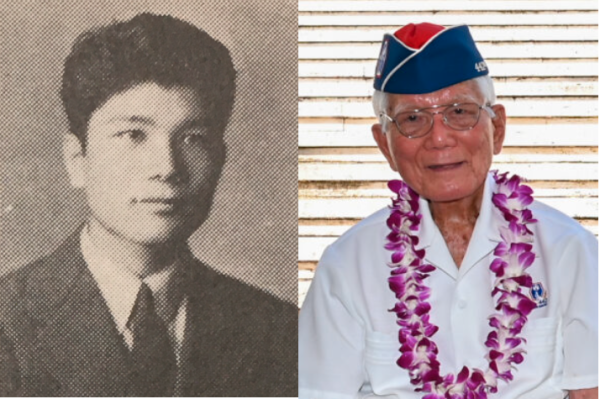
“That’s why I was saved,” Fujii said. “People got killed, but the chances of us staying alive is higher than being in the infantry.“
After completing training, Fujii traveled with the 442nd RCT to their first destination in Italy. Fujii said the first shell they fired in combat was on a chilly morning. Fujii rammed a shell into the breach to fire the first shot; however, the shell was lodged.
“I tried punching it, but it didn’t budge. So I told my guys, ‘bring me the sledge hammer,’” Fujii said. “When I said that, my captain dived in the (nearby) swale.”
Fujii gave the shell two or three hits. It went in and his crew fired.
“I told the captain ‘on the way,’” Fujii said. “(The captain) was crawling out of the swale. He thought we exploded.”
Fujii remembers another encounter when the Germans fiercely defended a hill. Fujii said the forward observers were with the infantry, relaying information to get rid of the Germans.
“We learned what was called time fire. The projectile in the front get timer, the control center figured out how many seconds,” Fujii said. “(We) wiped out the Germans.”
In March 1945, the 522nd was detached from the 442nd to assist American units in the push toward Berlin, Germany. As the Battalion advanced into Germany, they witnessed one of many subcamps of Dachau, one of the longest running Nazi concentration camps during the war. Fujii said when they arrived, he remembered seeing the prisoners.
“I remember striped clothing,” Fujii said. “The prisoners were eating dead horses. They used to eat it raw. I mean they were hungry, they must eat something.”
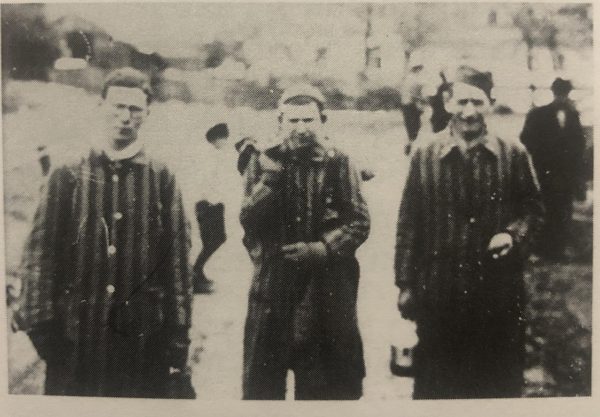
As the war was coming to an end in the European theater, Fujii found himself in the town of Genderkingen. He remembered the town with trenches all around for civilians to take cover when bombs would be dropped.
One night, Fujii was on guard duty when he heard a rustling noise. It was a German soldier wearing a blue-gray uniform.
“Good thing I didn’t kill (him),” Fujii said. “He came with his hand up.”
One of the houses that was under the 522nd occupation was the German soldier’s home. The soldier wanted to check up on his wife and daughter. Knowing the soldier had already surrendered, Fujii allowed the soldier to spend the night with his wife and daughter with permission from his sergeant.
“In whatever German, Italian, all kind (languages), I tell him ‘you schlafen with your Gattin and Kind’ (you sleep with your wife and child),” Fujii said.
Before letting the soldier rest with his family, Fujii shared his rations and told the soldier he would pick him up in the morning.
“The next morning, he was waiting for me already. They put him in the prisoner of war camp … but he must have had the chance to eventually go home,“ Fujii said. “That’s why I told him ‘you smart, you come home.’”
On May 8, 1945, the European theater came to a close with the surrender of Germany, however, the war with Japan was still raging. Fujii said the military wanted people to be interpreters so, he volunteered. However, he was not able to become one.
“We came back to California. They said, ‘Oh we don’t need you. You don’t have to go language school. Go back home and get discharged,’” Fujii said. “I said ok and got discharged.”
After being discharged, Fujii came back to Hawaii. Through his service, Fujii carried one Honolulu Rapid Transit Token with him alongside his dog tags. Fujii said people used to ask him “why you keep that with your dog tag?”
“I might not have the money for bus, but I had the HRT token,” Fujii said. “So after the war, for me to get home to Manoa, I used that token.”
When Fujii came back to Hawaii, he wanted to learn a trade. With the help from the Airforce, Fujii was sent to Texas to learn air conditioning. After completing the training, Fujii worked at Hickam Air Force Base for 39 years before retiring and worked as an inspector for the next 11 years.
Through Fujii’s life and in his service with the 522nd, he said that anything is possible with a good team
“You have to work together. Not one person is the important person,” Fujii said. “Everyone is.”






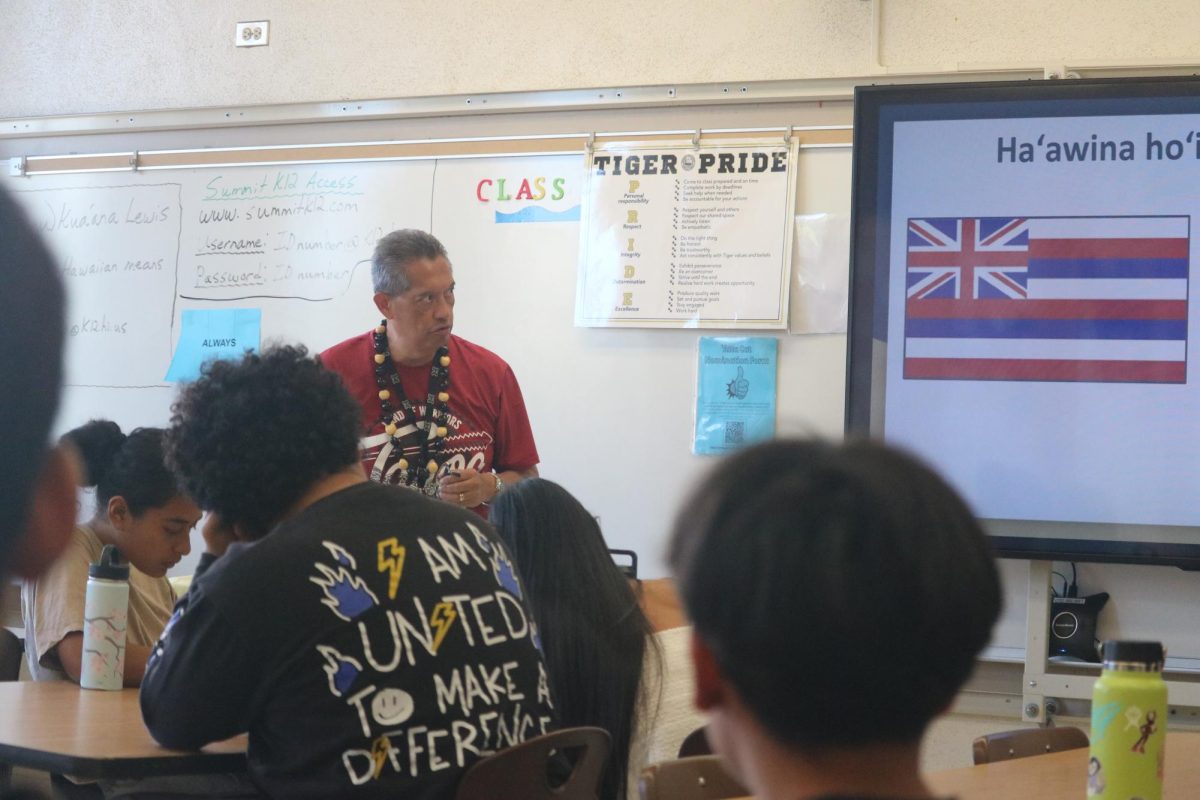

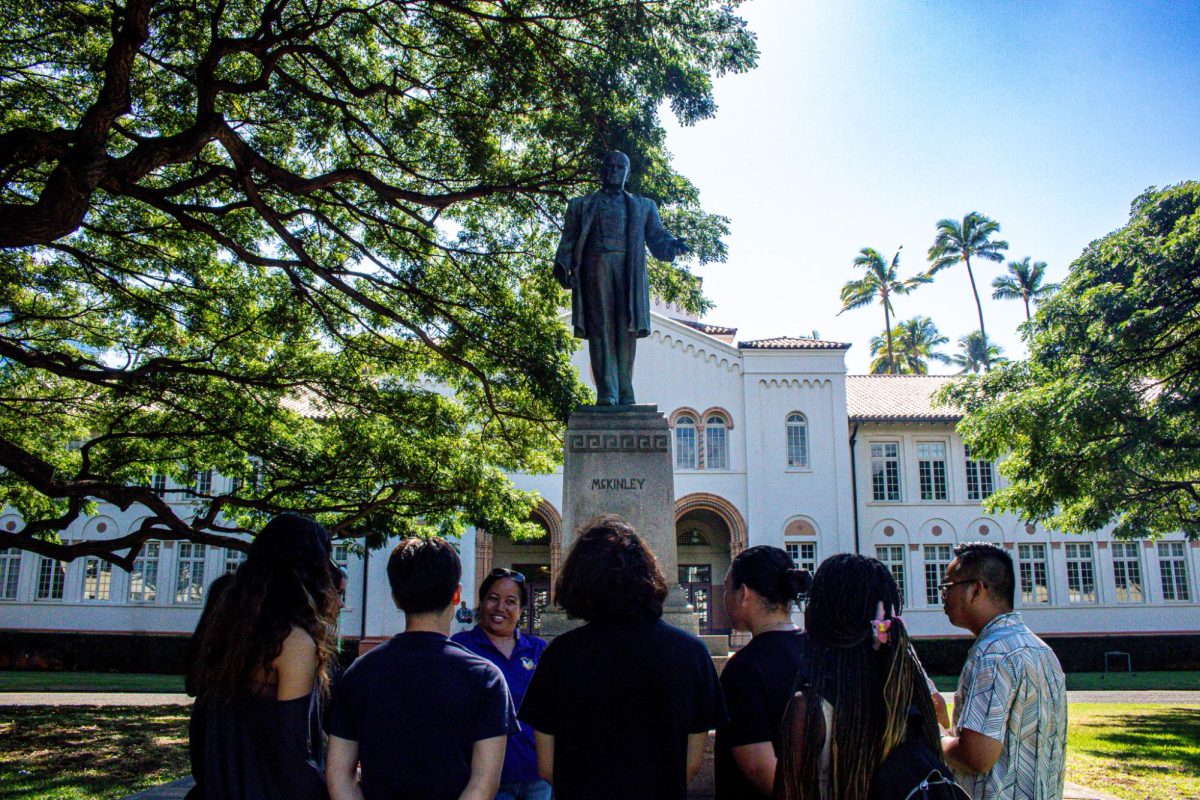
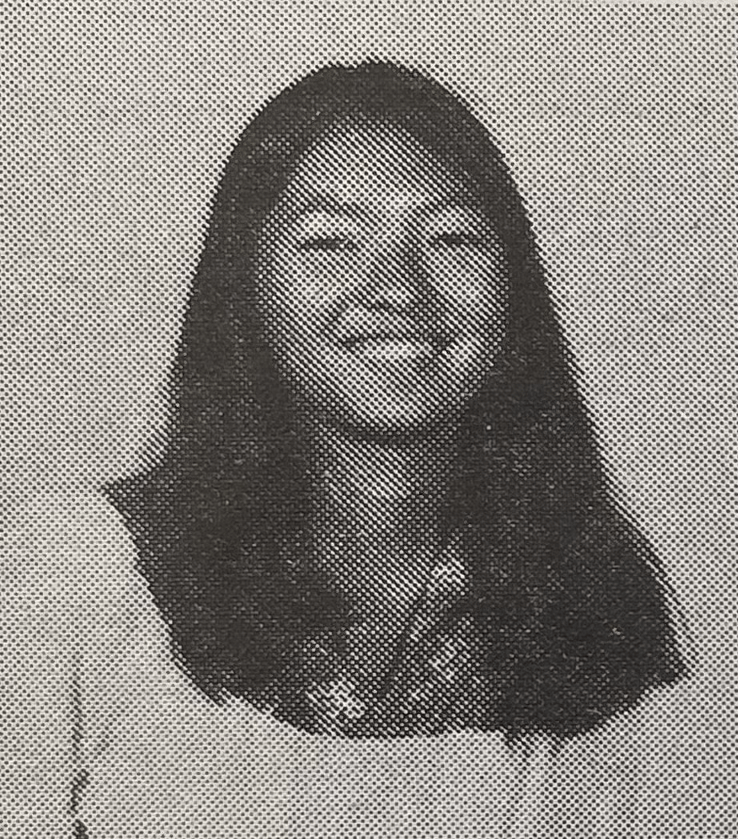

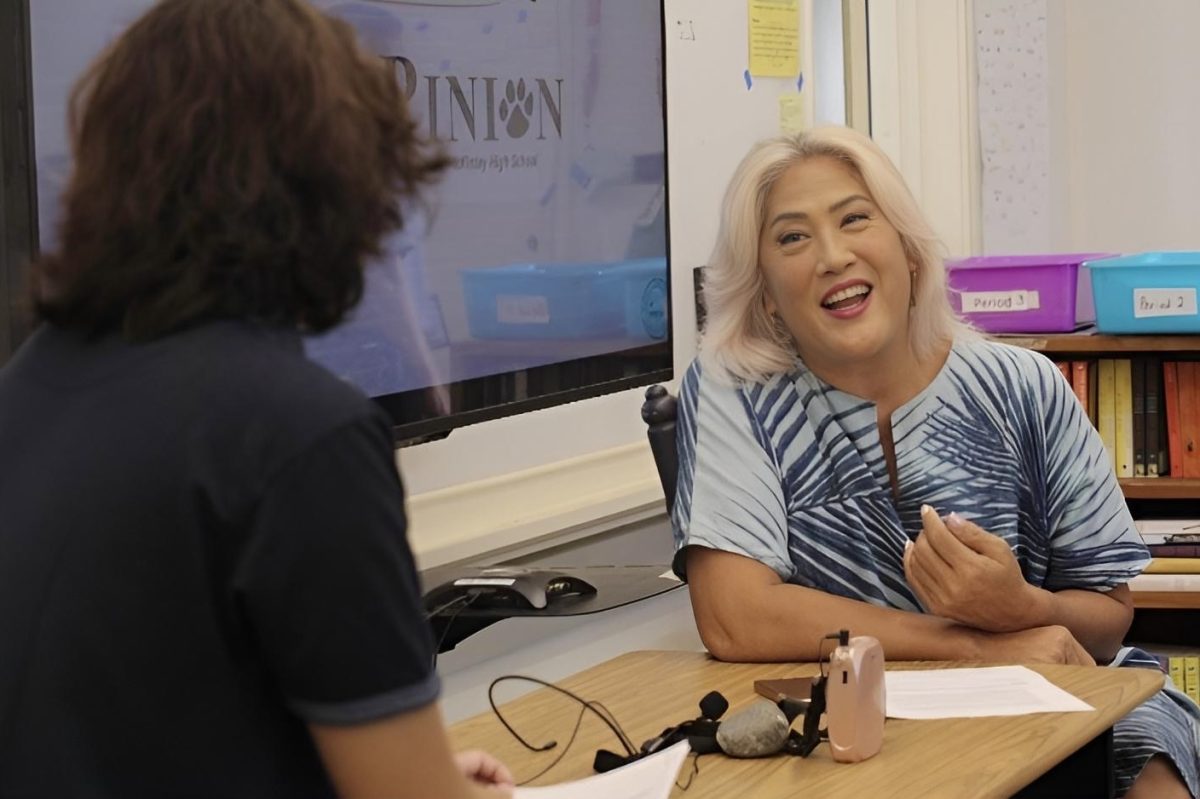
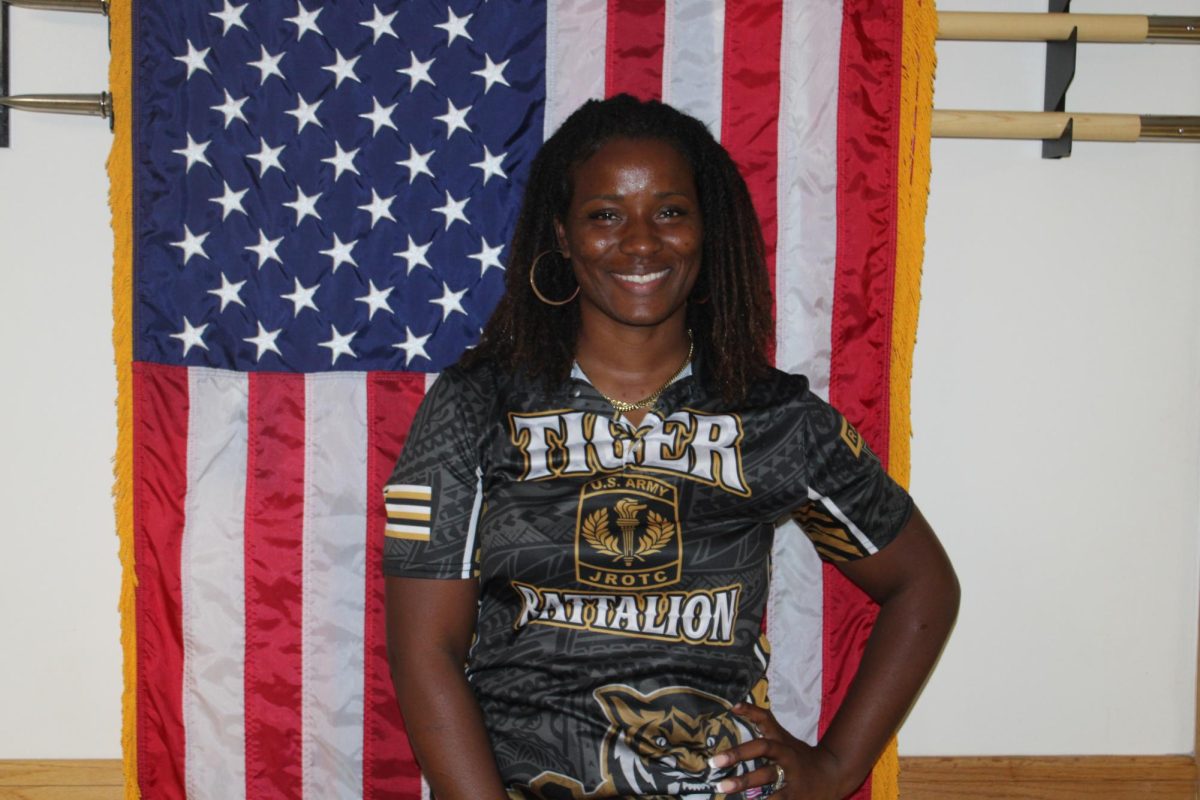
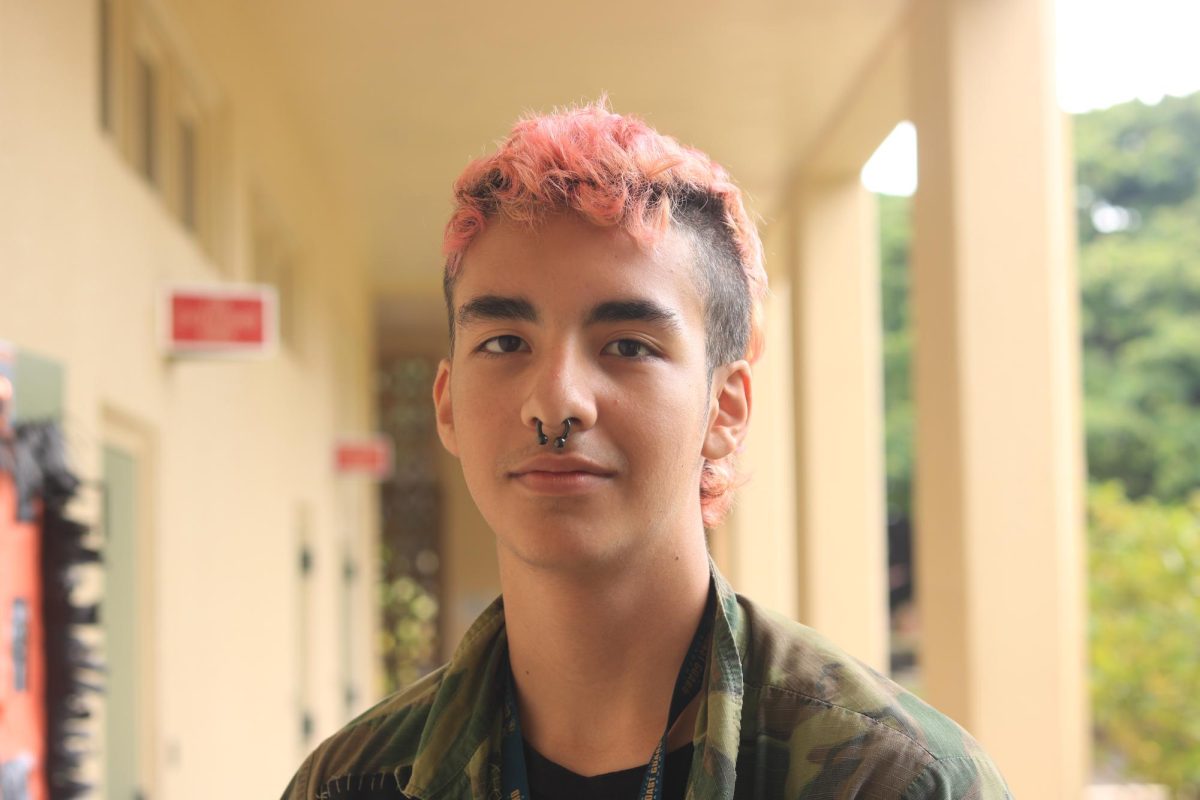


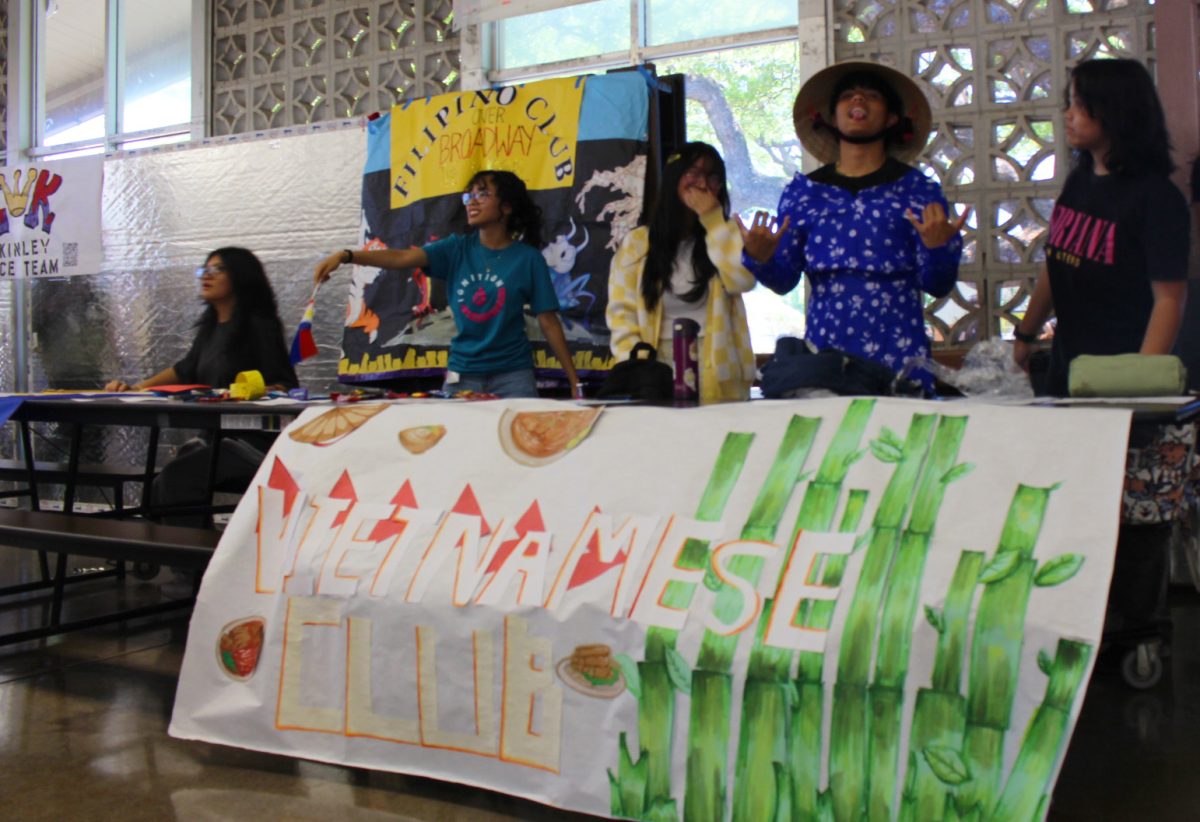

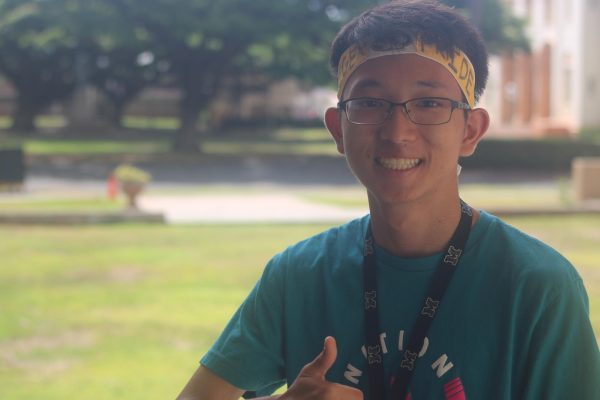
Pamela Kakalia • Nov 12, 2024 at 2:03 PM
I totally enjoyed reading about the WWII Lahaina veteran Roy Fujii.
I have read the story twice and watched him on the news.
This is a wonderful story and his recollection of events makes the story come to life.
Thank you sir Roy Fujii for your service.
My own father was in the Navy and his ship sunk in the Pacific.